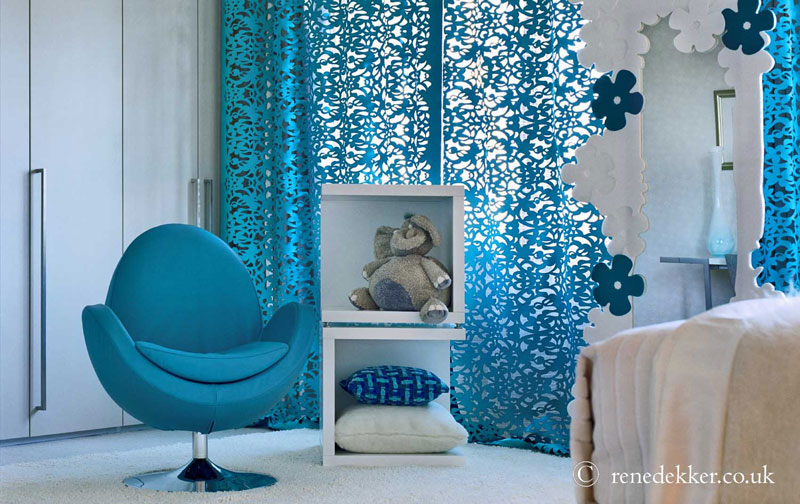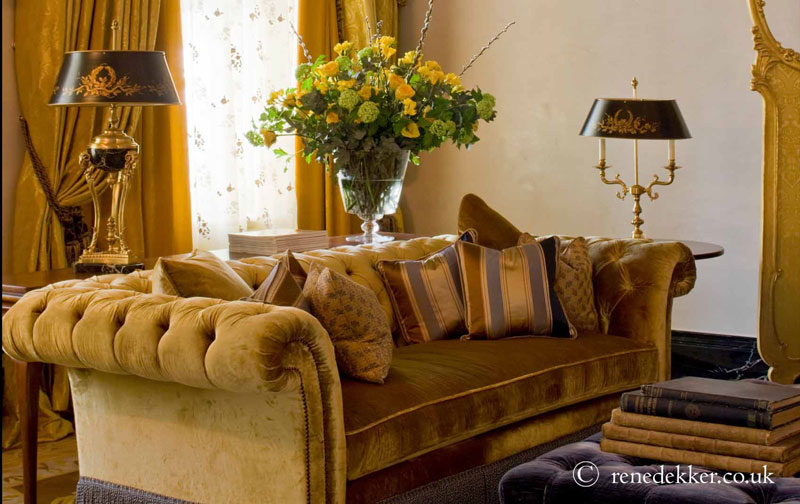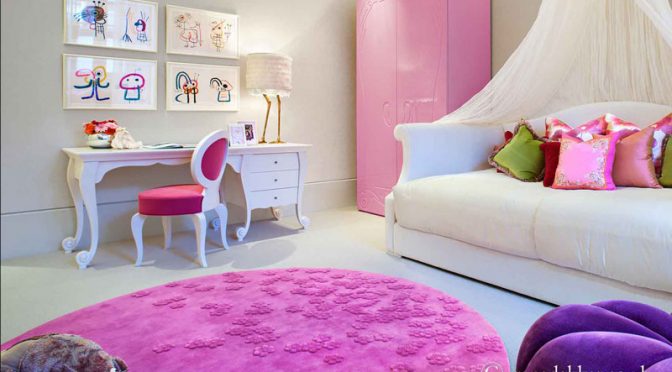Spring has sprung and now that we’re entering the summer months, we are in full “British Social Season” mode. We’ve had the Varsity boat race, Glyndebourne is in fine voice and the grasses of Wimbledon and polo fields are preparing for a pounding.
There has been a veritable flurry of activity around the country in terms of event, with more to come, but one of the highlights on our calendar was the Chelsea Flower Show.
Although, as the name suggests, it lends itself purely to thoughts of the outdoors and grubbing around in one’s garden, there are definitely topics that translate to our indoor as well as outdoor habitat…and vice versa.
As well as the overriding themes of recycling, sustainability, and care for the environment, surprisingly some of the major ideas jostling for attention this year have also included the use of metals, particularly copper and bronze.
These materials are used to huge extent when it comes to interior design, both in terms of the fabric of their material, as well as in their colour and texture. But it is florals that is the key to all garden shows, and particularly Chelsea, where this whole region of London takes part in the celebrating the event – hanging baskets and displays galore are festooned around the shops, cafes, and homes.

Floral themes, whether English country garden, Mediterranean vibrancy, desert cacti or tropical lusciousness, are motifs that that can be used as little or as much in a room scheme. It can be overwhelming to know where to start, but a top interior designer will know exactly how to introduce the hues, shapes or pattern into a scheme – too much, and a room can seem over-blown.
Although the romance of an English country cottage style is a hugely popular choice for many, for some, incorporating elements of floral design into a modern, cutting edge or urban design is more preferable. And to achieve that, it’s all about balance.
A bold floral print window treatment, teamed with simple wooden furniture will retain an air of calm – the simplicity of the surroundings allowing the space to breathe and not feel cluttered or too busy.
Floral motifs in small furnishings and accessories, such as the fabric on a footstool, in cushions or on throws, are an ideal way to introduce the design in an understated manner. They’re incorporated into the scheme as a whole, but add rather than overwhelm the room.
These designs can also be combined to great effect with checks, stripes or simple geometrics for a more contemporary feel. In addition, key colours in the pattern can be picked out and echoed with accessories to create a harmonious, ordered look.

Meanwhile exquisite hand-painted Oriental designs, featuring peonies, butterflies or birds for example, can create a stunning feature wall. Regardless of the style of a property, perfectly executed, these designs almost have the ability to transcend time – the quality of the artistry speaking for itself.
For a more dramatic statement, a floor to ceiling bas-relief depicting the natural world, such as a beautifully willow tree, is stunning way to adapt elements of the natural world into a sophisticated design.
On a smaller scale, but continuing the notion of introducing natural elements into a room, while keeping the hues of the design scheme neutral, are sculptural designs. Cast in copper and bronze, these three-dimensional additions can provide subtle touches or interest, as well as height and a touch of elegance.
Finally for a sculptural element with an added pop of colour and freshness of a living entity, it’s hard to beat the elegance of a classic white orchid. As the sculptor Auguste Rodin said: “The artist is the confidant of nature, flowers carry on dialogues with him through the graceful bending of their stems and the harmoniously tinted nuances of their blossoms. Every flower has a cordial word which nature directs towards him.”
